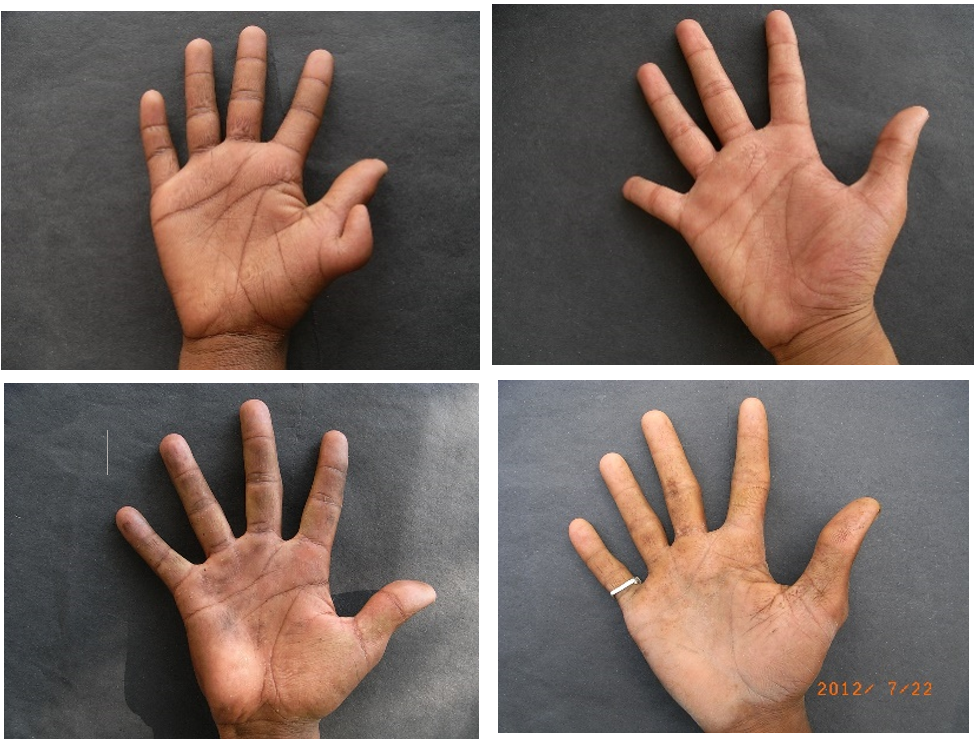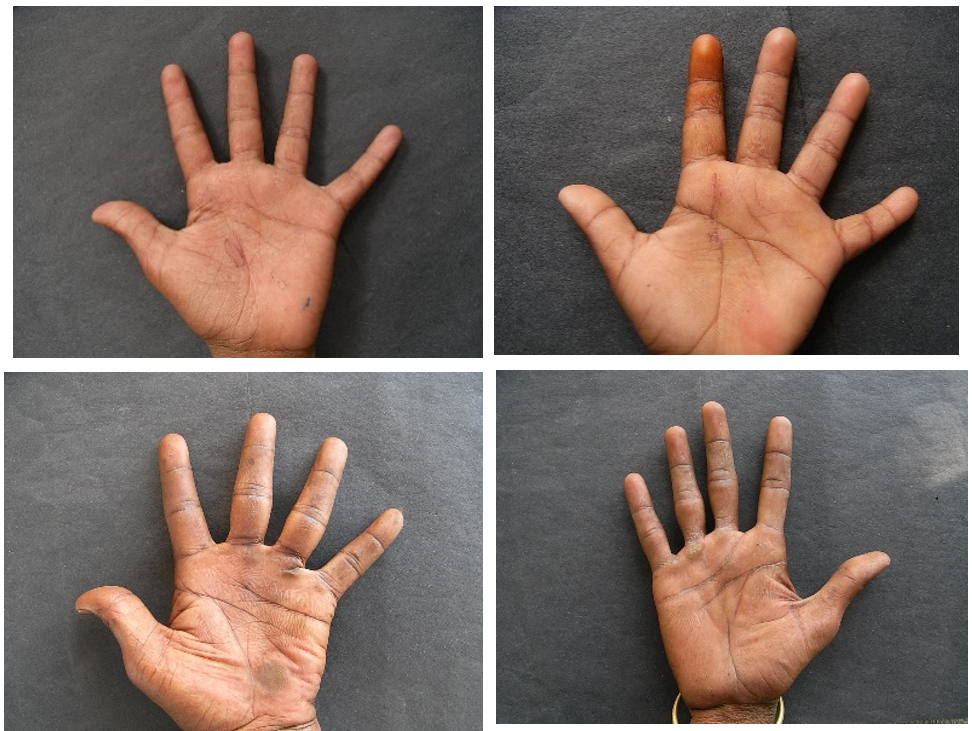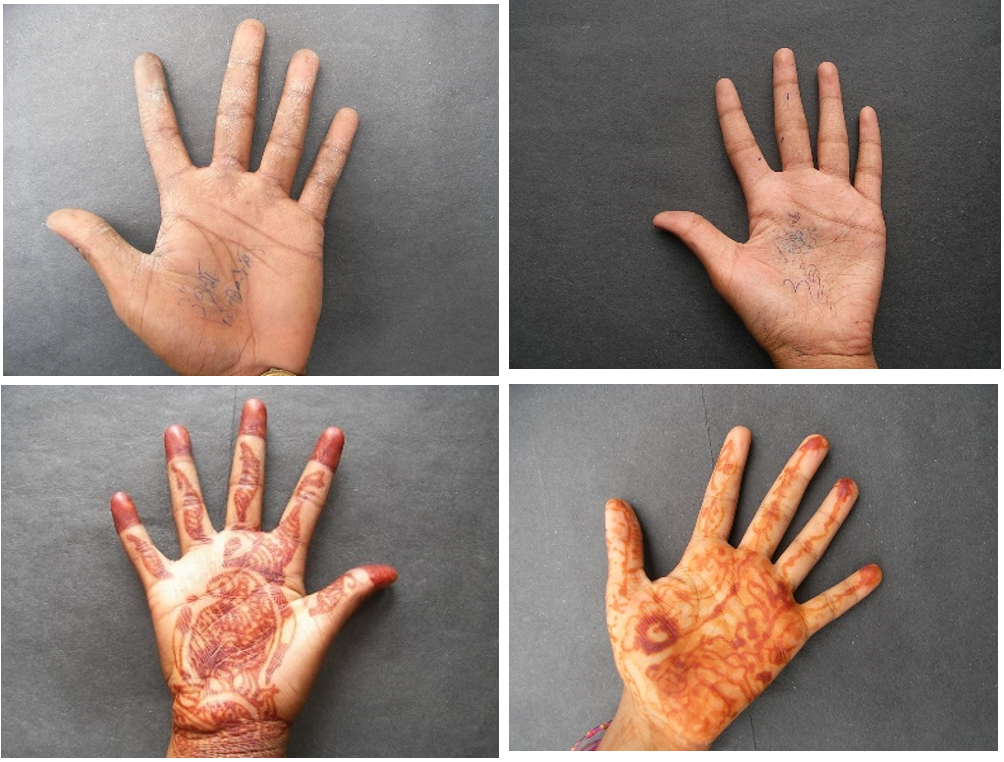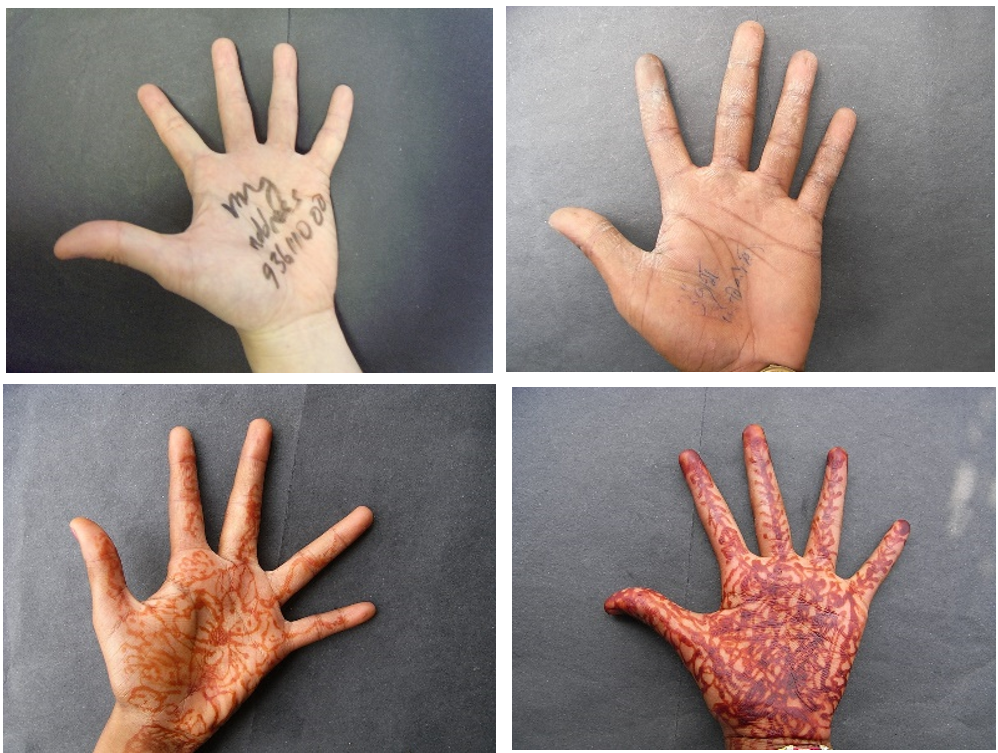PolyU-IITD Contactless Palmprint Images Database (Version 3.0)
There has been significant advances in the palmprint identification technologies in last two decades. The accuracy from the many contact-based public palmprint databases are near 100% and these are no longer relavent to advance research on the development of palmprint image algorithms for contactless personal identification. There are some contactless palmprint databases in public domain which have also began to mature as the accuracy from state of art contactless palmprint matching algorithms is very high. A key limitations of existing contactless palmprint databases is that these are acquired under indoor environmenrts or using well-designed imaging setups while advancement of contactless palmprint technologies in new domains demands capabilities to match palmprint images acquired under ambient illuminations. Lack of representative palmprint images from the deployment scenarios, e.g. palm images with cosmetics like popular mehendi in India, palmprints with injury, dirt, handwritings, or palm images from persons with special abilities or from manual laborers. Several year of efforts have resulted in the development of such database for the research. The objective has been to establish large scale contactless palmprint image database that is representative of deployment scenarios and the likely users in many popular applications.
Brief Description
This database has been acquired from the volunteers in India and China. This is first such joint database of its kind and acquired at various locations using a general purpose hand-held camera. This new palmprint database has been acquired over several years from (over) 600 different subjects which is largest to-date in the best of our knowledge or at least until August 2020 literature. Each subject in this database has provided his/her left and right hand images. The images in this database therefore also have high scale variations and are acquired from subjects. There are twenty images from each of the subjects whose age ranges from 5 years to 72 years. The subjects are from diverse population group that includes non-officer works, farmers, countryside laborers, injured palms and hands with special capabilities or injuries. This database also have palmprint image samples acquired over fifteen years of interval and forms one of the unique contributions from this database.
Sample Images
The entire database as detailed above is made available for the research. Reference [1] that introduces this database utilzed 'first' 600 subjects palm images as per the stated protocol and these can be used for performance comparison. The sample images from this database are reproduced in the following image sets.




Download and Copyright
The database is being made available for the researchers from December 2018 onwards. Interested researchers should follow following steps to acquire "PolyU-IITD Contactless Palmprint Images Database Version 3.0"
1. Download the application form and the license agreement
link and provide all the details in this license agreement form;
2. Please carefully read the license agreement and get this license agreement approved and signed by the head of your institution or the person who is authorized to make legal contracts with other universities/institutions in your university/institution;.
3. The signed license agreement should uploaded, along with other requested details, via the online submission
link . 4. You should be able to receive an e-mail acknowledgement of your submission.
5. If/when your application is approved and another email (within next 45 days) will be sent to you with the details on downloading this database.
All the rights of The PolyU-IITD
Contactless Palmprint Images
Database
are reserved and commercial use/distribution of this database is
strictly prohibited. In addition, the registered users of this database should
seek explicit approval for publishing or posting any image(s) from this dataset
(only the images from some particular subjects can be used for such research
report/publications and such restrictions must be ensured).
Reference
[1] A. Kumar, 'Towards more accurate matching of contactless palmprint images under less constrained environments,' IEEE Transactions on Information Forensics and Security, vol. 14, no. 1, pp. 34-47, July 2019.
Back to Databases Page